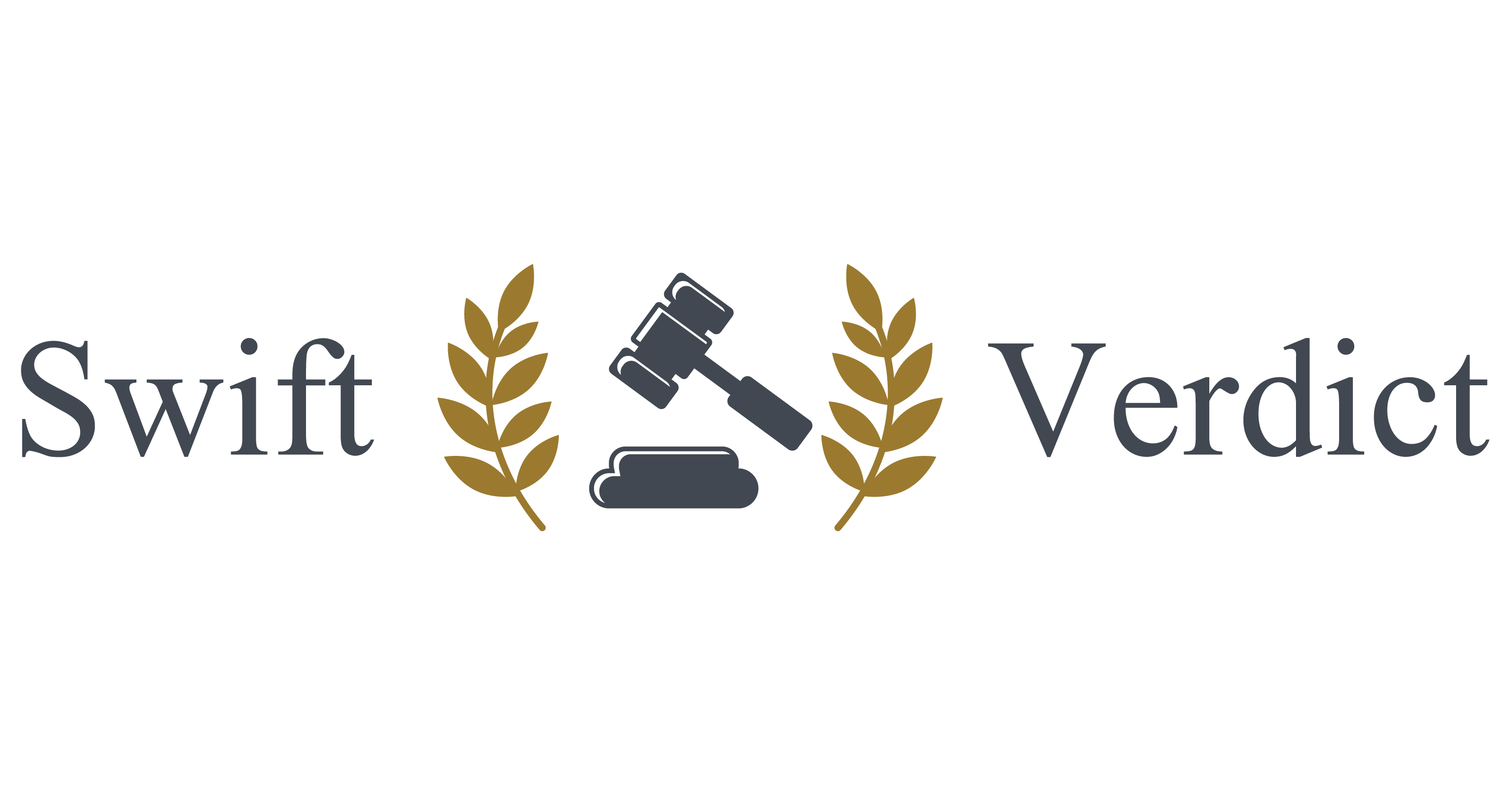What is legally blind? In the simplest terms, being legally blind means that a person’s vision is severely impaired to a degree that significantly impacts their daily life. However, it is not just about having poor eyesight. It is a specific legal standard used to define the extent of visual impairment.

Legally blind is a clinical diagnosis with specific criteria. According to the World Health Organization (WHO) and the U.S. Social Security Administration, a person is considered legally blind if their best-corrected vision in their better eye is 20/200 or worse.
Thus, this means that if a person with normal vision can see from 200 feet away, a legally blind person would need to be 20 feet away to see. Another criterion is a visual field of 20 degrees or less. Meaning, peripheral vision is significantly limited.
What is Legally Blind & What are the Common Causes?
What is legally blind, and how does one reach that point? Various conditions can lead to legal blindness. Here are some of the most common:
- Macular Degeneration: This age-related condition affects the central part of the retina. Thus, leading to a loss of central vision.
- Glaucoma: This condition damages the optic nerve and can cause peripheral vision loss. This can lead to tunnel vision.
- Diabetic Retinopathy: Caused by complications of diabetes, this condition damages the blood vessels in the retina. Eventually, this can lead to vision impairment.
- Cataracts: Though often treatable, untreated cataracts can lead to significant vision loss.

Apart from that, a genetic disorder that affects the retina and can lead to a gradual loss of vision.
What Does Living with Legal Blindness Look Like?
Living with legal blindness presents unique challenges. But many people lead fulfilling lives with the right support and adaptations. What is legally blind, and how does it impact work and school?
Many people who are legally blind successfully pursue education and careers. So, they do it with the help of accommodations like adaptive technology, specialized training, and supportive policies.
Employers and educational institutions are increasingly recognizing the importance of inclusivity. Thus, they are providing the necessary resources to support visually impaired individuals.

Similarly, screen readers, magnification software, and Braille displays allow individuals to access information and communicate effectively. Plus, smartphones and tablets come equipped with accessibility features that can convert text to speech, enlarge text, and provide auditory cues.
What are the Myths and Misconceptions About Legal Blindness?
There are several misconceptions about what it means to be legally blind. Let’s debunk a few:
- Myth: Legally blind means no vision at all.
- Reality: Most legally blind individuals have some degree of vision. The term “blind” in this context doesn’t necessarily mean complete darkness.
- Myth: Legally blind people cannot work.
- Reality: Many legally blind individuals hold jobs across various industries, thanks to adaptive technologies and supportive work environments.
- Myth: Glasses or surgery can restore vision for all legally blind people.
However, while corrective lenses and surgeries can improve vision for some, they are not a universal solution. Thus, the extent of improvement depends on the underlying condition causing the blindness.




